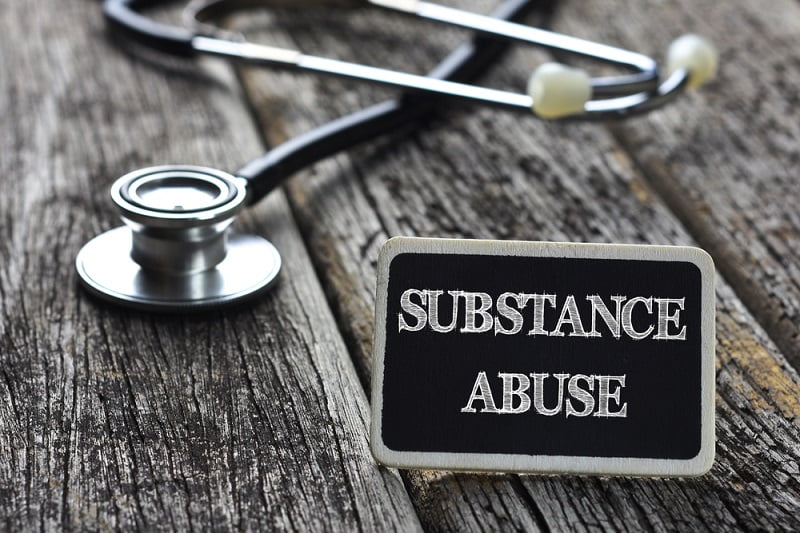Substance abuse is a growing problem in the United States. The National Institute for Drug Abuse estimates that 23.5 million Americans over the age of 12 have suffered from substance abuse problems and needed treatment. This is over 9% of the population over the age of 12.
The prevalence of substance abuse is taking its toll on both our health and the economy. The National Institute on DrugAbuse estimates that the epidemic costs the country at least $740 billion a year.
What are the costs of substance-abuse to the country?
Substance abuse hurts the economy in a number of ways. Here are some of the biggest.
Healthcare costs
Substance abuse problems lead to higher healthcare costs. The nature of healthcare problems is very clearly correlated to the types of substances that people are abusing. Tobacco use costs the country about $300 billion a year. Most of this cost is incurred by a small range of healthcare problems, including lung cancer and emphysema.
Healthcare costs associated with alcohol use manifest in a number of other ways. They lead to liver damage, drunk driving accidents, nervous system disorders, high blood pressure, osteoporosis, depression and a number of other medical problems.
Some of the problems associated with alcoholism are less direct. They include healthcare costs that arise from choices people make under the influence of alcohol. People often make less prudent sexual decisions while intoxicated, which increases the national healthcare costs associated with STDs. The healthcare costs associated with these choices are more difficult to measure, because researchers can’t usually pinpoint the timing of the incident and determine whether or not alcohol or other substances were to blame. They aren’t included in the estimates of the National Institute for Drug Abuse, so the actual healthcare costs caused by substance abuse may actually be much higher.
Fortunately, there are a number of treatments that cost less and tend to be more effective. A growing number of holistic rehabilitation centers are mitigating the societal cost of substance abuse.
Reduced productivity
Substance abuse also has a negative impact on productivity. Some people show up to work under the influence of alcohol, narcotics or prescription drugs. They can’t work as effectively and risk causing property damage or injuring themselves or their coworkers.
The risks are higher when patients are recovering from a hangover or other substances that have been flushed from their system. They will have a very difficult time focusing and will work at a slower pace, which reduces the value they bring to their employer. Absenteeism is another problem when people need to take time off to recover from substance use.
Criminal justice costs
People under the influence of alcohol, illicit drugs in prescription medications are more likely to engage in criminal activity. This leads to higher costs for law-enforcement, trials, public defenders and incarcerations.
Substance abuse services have shown that four out of five jail and prison inmates abuse alcohol, prescription opiates or illegal drugs. Approximately 3 million violent crimes are committed each year by someone under the influence of alcohol. The cost also includes lost productivity and tax revenue as offenders are forced out of the workforce to be incarcerated or rehabilitated.
Addressing substance-abuse would significantly improve the economy
Substance abuse has been a serious problem in the United States since at least 1960s. If we had accurate data before that time, we would probably discover that it predates the flower power movement by many years.
How are evolving understanding of substance abuse can help address this epidemic. Costs associated with substance abuse should decline as we find better ways to treat it.

